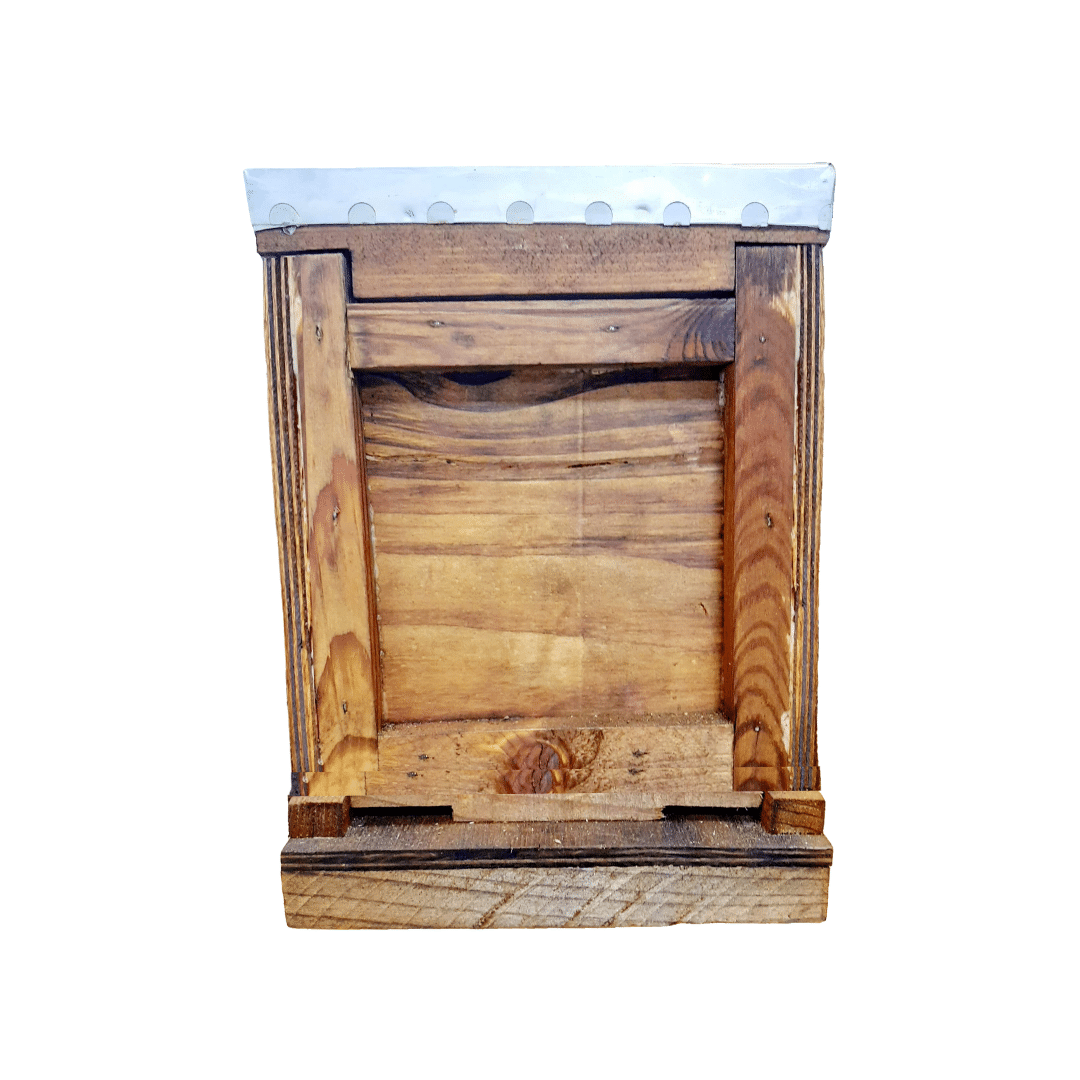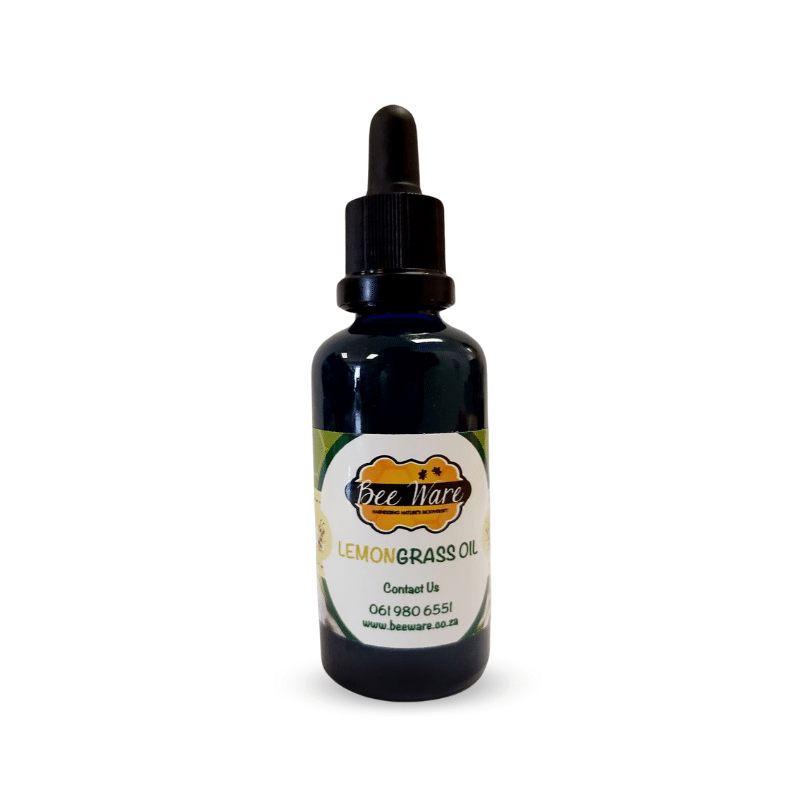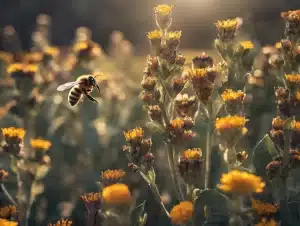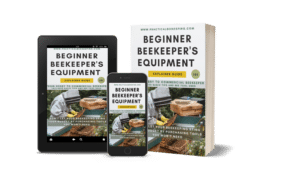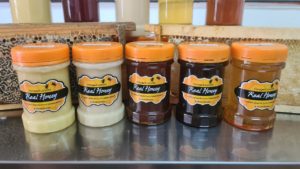Do you label your honey informing parents that honey is not suitable for babies under 12 months? Share below on social media.
[In rare cases, babies under 12 months get botulism from honey]
Adults can also get it when someone eats food containing the toxins because it hasn’t been properly canned, preserved or cooked.
WHAT ARE THE CHANCES OF A BABY GETTING BOTULISM FROM HONEY?
Our Easy Buzzing Bee Courses run monthly in Midrand. See below photo of our bee students from all over the country!
Using Bait to Attract Bees to Catch Bees For Your Apiary
You Can Get Swarm Lure and Lemongrass Oil To Attract Bees to Your Catch boxes!
Swarm Lure Wipes
https://beeware.co.za/product/bee-swarm-lure-attractant/
Lemongrass Oil in 100ml
https://beeware.co.za/product/lemongrass-oil-50ml/
Get Your Catch Boxes – Perfect size for Trekking Colonies (They prefer 30m3) https://beeware.co.za/product-category/bee-hives/catch-boxes-for-bees/
Catch Box - 6 Frame
R495,00Bee Swarm Lure Attractant - Single Sachet
What About Checking Your Bee Tools and Bee Suits?
Bee Suits! Sometimes the difference between a hospital visit and yummy honey! Seriously though, the wrong bee suit or bee protective clothing can land you in the painful territory…with bee stings even coming through the material!
Our #bee suits, veils and bee jackets are made from cotton and are pretty thick like denim. The veils are detachable with zips so you can remove them totally or just unzip them partially to flip them backwards like a poncho!
Pockets come in handy for hive tools and lighters or matches for your bee smokers. The bonus with our bee suits and bee jackets is that the bee veils are removable so you can easily just put the detachable overall into the wash.
I usually pack my “overall” part ‘into’ the veil-and-hat so it all fits inside the veil itself. It makes the whole package tidy and easy to carry and pack in the car with my other beekeeping kit.
Cleaning Your Bee Tools and ‘cover’ the Bee Sting Pheromone
When working at your apiary and between apiaries, it’s a good idea to rinse your bee tools that come into contact with bee venom and bee pheromones that leads to defensive behaviour.
Four Steps to Covering Bee Venom:
- Mix 5L of Water and a cap full of Dettol or bleach
- Dip your PVC rubber gloves
- Dip your hive tool
- Dry them both well before continuing to work with a colony
Why bother to Clean Tools?
- Bees are generally very hygienic in Africa (Still rather wild unlike European bees which have been bred over centuries)
- Diseases such as American Foulbrood travel unseen by the naked eye and will be in the honey, on the propolis and on you and your bee equipment while you work your hives (if present. The trick is that AFB is not identifiable until the final stage) This just makes good practice
- The bee venom pheromone is very effective and will warn other colonies and guard bees against hives you haven’t inspected that they should be alert and go on the defensive. Avoid this by cleaning between hive stations.
- Bee venom will linger for days after the sting has been removed and guard bees and any other bees will recognise it – even away from the hive and go into Defcon 5 especially hive-to-hive and apiary-to-apiary!
How To Manage Bee Stings For Us Beekeepers?
There are five major factors you need to consider when stung and I will also add a huge tip at the end that might just save your finger…
First: Bicarb and or vinegar also help with the itchiness and the sting from the reaction to bee venom. Then put some raw honey on it when you back to the house and put a plaster over that if you need to.
Increased heart rate and sometimes leading to anaphylactic shock. Anaphylaxis is a severe allergic reaction to the venom, food, or medication. Most cases are caused by a bee sting or eating foods that are known to cause allergies.
It’s also exceptionally important to BREATH and KEEP CALM despite it feeling like your heart is running a 100m sprint and wants out of your chest to do so!
Second: Everybody has a reaction to bee venom. Sometimes, this varies due to the age of the bee in question as venom develops over time until it matures around day 18.
And next: Because we ALL react to bee venom our bodies can react differently once stung. Variables such as the age of the venom, i.e. the bee’s age, as well as where you were stung and how long the venom sack was attached AND if one squeezed the venom sack in the process of removing said venom sack will affect the reaction experienced thereafter. This leads us to the next factor!
The fourth thing: Ideally, it is best to scrape the venom and sting barb from the skin rather than pinch it. If one is stung close to large veins and or sensitive areas then more swelling is bound to occur and a higher reaction rate will follow…
And finally, if you work with bees or a family member does consider this! The best way to really find out is to go get tested! Better to be informed than to assume you are hyper-allergic – where you need an epi-pen or shot of adrenalin to counteract the shock or if you just had a bad reaction and a warm shower, lots of water and rest is required.
P.S. Watch the BeeWareOnline Channel Video below for an explanation about why it matters that you take a warm shower…
MAJOR TIP TO SAVE YOUR FINGER:
Warning: Beekeeping may result in loss of limb or finger when working with defensive bees and any fieldwork when wearing jewellery such as finger rings and watches!
What to do? Put a policy in place that whenever you prepare to do bee work remove your rings and watch.



